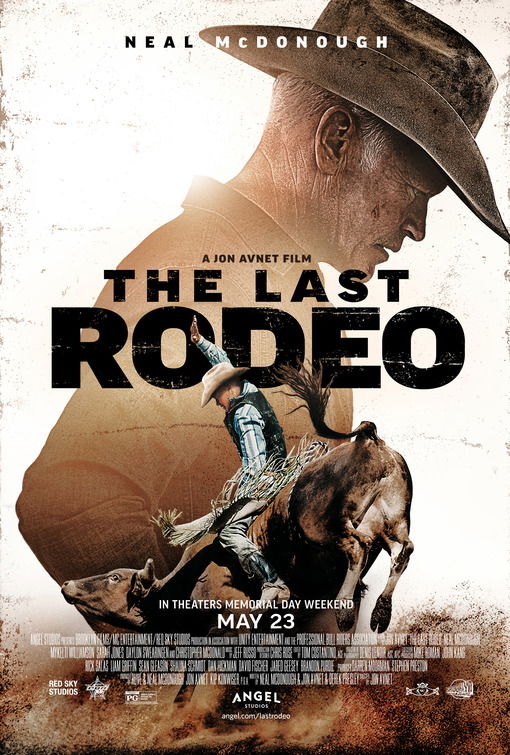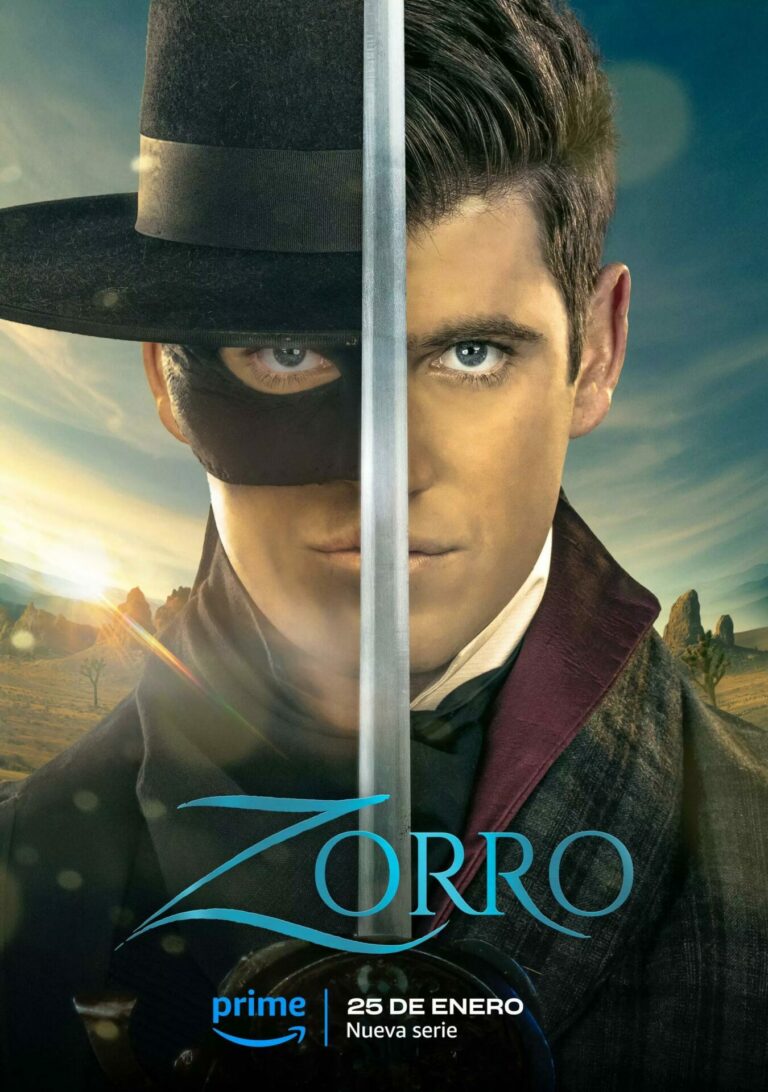“Reimagining a Classic Hero”

| None | Light | Moderate | Heavy | |
|---|---|---|---|---|
| Language | ||||
| Violence | ||||
| Sex | ||||
| Nudity |
What You Need To Know:
In an era of “superhero fatigue,” a low-budget, independent series that reveres and dignifies its source material may be exactly what audiences need. ZORRO rises above its financial limitations to deliver excellent writing, action, camerawork, stunts, and performances. While ZORRO does have significant violence, like most superhero adventure shows, it’s sanitized to avoid excessive gore. ZORRO has some light foul language and non-explicit references to sexuality. ZORRO also has some neutral depictions of both Catholicism and indigenous religious practices, but the hero donates money to the Church. Teenagers and adults will find value in the hero’s moral worldview and courageous defiance of a corrupt authority.
Content:
Strong moral worldview about fighting corruption and injustice, with an anti-revenge message, “If the law doesn’t serve justice, justice shouldn’t serve the law” is a key tenet of the title character, plus some neutral depictions of both Catholicism and indigenous religious practices, but hero donates money to the Catholic Church;
A few light obscenities and profanities, usually “d” words or “God”;
Strong action violence using historically-appropriate weapons such as swords and old-fashioned pistols as well as martial arts and fisticuffs, a character is flogged as punishment for a crime;
A supporting character is verbally referred to as having an affair, and there’s a reference to prostitution;
A woman is shown opening her dress, but she is only depicted from the shoulders up, so nothing is shown onscreen;
Mild drinking in social/dining situations;
No smoking or drugs;
Racism towards Native and Asian-Americans, abusive labor practices, some religious corruption.
More Detail:
In an era of “superhero fatigue,” when the best that the superhero genre has to offer is half-hearted and lifeless, when major Hollywood studios struggle to do better than The Marvels or Madame Web, a low-budget, independent series that reveres and dignifies its source material is exactly what audiences need. The writing, performances, camera work, and stunts all transcend the evident financial limitations and keep the viewer hooked through all ten episodes.
While Zorro does have significant violence, like most superhero adventure shows, it is mostly sanitized to avoid excessive gore, and the protagonist’s vigilantism is expressed as being a quest to ensure justice is carried out, rather than stemming from anger or hatred. ZORRO also has some neutral depictions of both Catholicism and indigenous religious practices, but the hero donates money to the Church. Parents of children should also take note of mild foul language and non-explicit references to sexuality, but teenagers and adults will find value in the hero’s moral worldview and courageous defiance of a corrupt authority.


 - Content:
- Content: 
